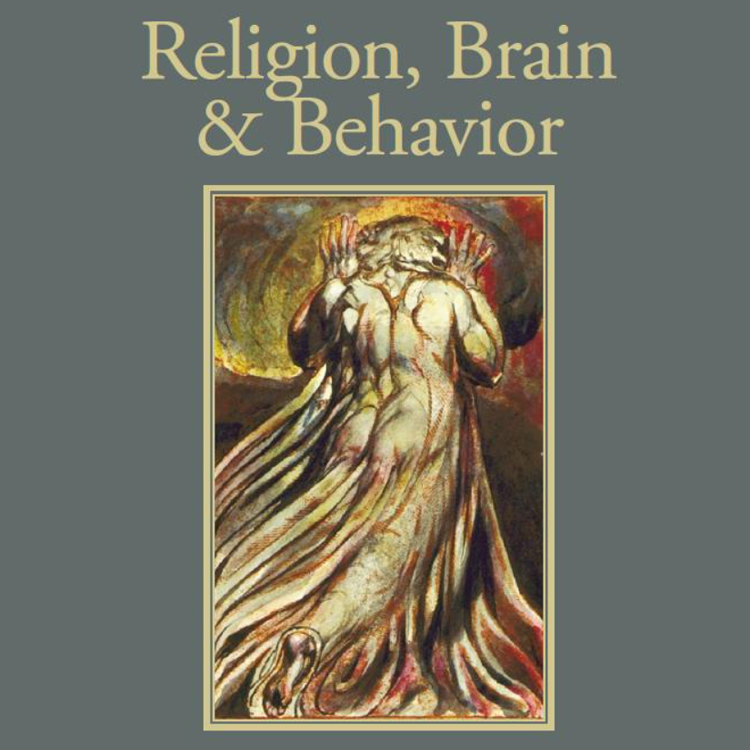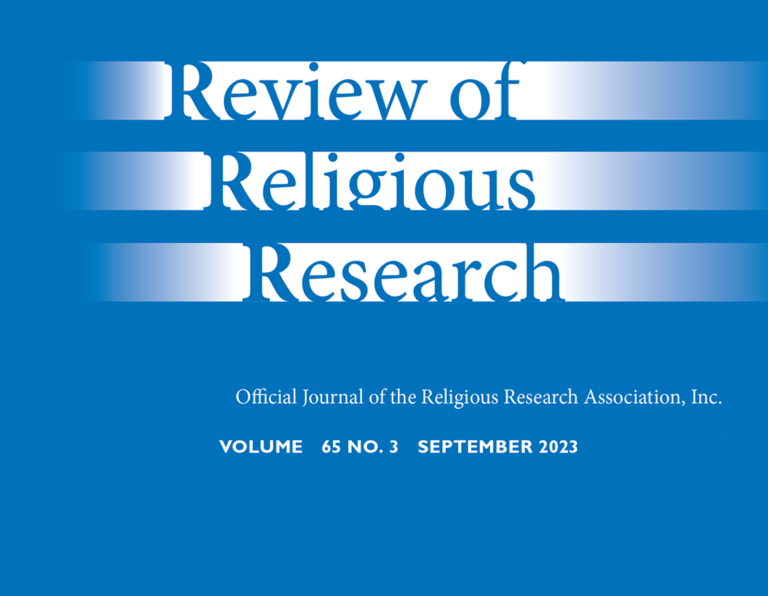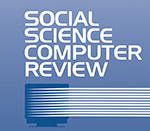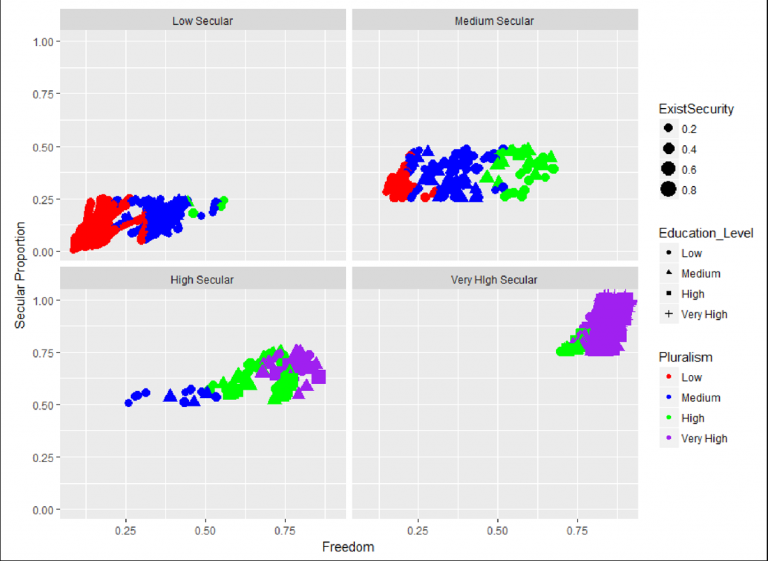
Harmonization of religiosity data from selected international multiwave surveys
Lukasz Kiszkiel, Piotr Paweł Laskowski, David Voas, Rachel J. Bacon, Wesley J. Wildman, Ivan Puga-Gonzalez, F. LeRon Shults & Konrad Talmont-Kaminski Religion, Brain & Behavior Abstract: This article presents the Dataset of Integrated Measures of Religion (DIM-R), explains how it was…











